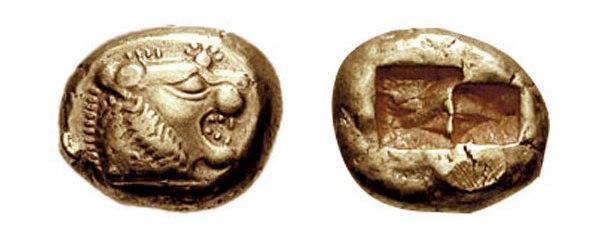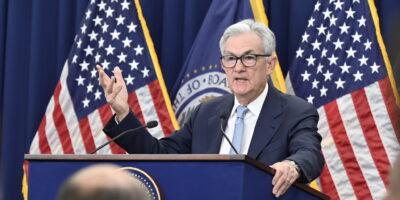Do the Origins of Money Matter?
Let’s get back to basics: where does money come from?
This is a hotly contested question in contemporary social science. Most monetary economists, in a rare showing of solidarity, subscribe to a broadly Mengerian view of money. This view holds that money is an emergent product of exchange processes. When economic actors attempt to trade by barter, they frequently find themselves frustrated by the double coincidence of wants problem: not only must a trader find a trading partner who has what the original trader wants, but the trading partner too must want what the original trader has to offer. It won’t take much for an enterprising trader to exchange the good he offers not for the final good he wants to consume, but for any intermediate good he thinks will be more saleable (liquid) than his original good. Once other traders start thinking this way too, a few goods will come to be used as means of indirect exchange. These goods become media of exchange when they are widely accepted. (Goods that become media of exchange tend to be homogeneous in quality, easily divisible, and relatively low cost to store and transport—such as the precious metals, and most notably gold.) Thus by a snowballing effect a group of traders converges on one or few media of exchange, which we call money. Money is thus a prime example of the “invisible hand” at work, yielding a social institution that makes everyone better off, despite the fact that nobody intended it.
Social scientists from other disciplines frequently disagree with this story. Especially among anthropologists and historians, an alternative theory—the chartalist theory of money—is popular. The chartalist theory holds that money is, in essence, a debt relation. It exists due to strong groups imposing tributes and taxes on weak groups. Over time, the goods in which strong demand to be paid come to acquire additional value, because they can be used to discharge this involuntary liability. Since members of the tribute- or tax-paying group know they need to discharge this liability tomorrow, they will be willing to exchange for it today. Thus it is the coercion of the strong that causes goods eventually to become media of exchange.
This whirlwind tour through alternative theories on money’s origins would seem to suggest that one of these theories fits much more comfortably with a pro-liberty worldview than another. If the Mengerian story is right, money is a product of markets. Its social context is consensual and mutually beneficial exchange. But if the chartalists are right, money is a product of coercion. Its social context is involuntarily extracted benefits for some at the expense of others.
As it turns out, discovering the “one true theory” of money’s origins doesn’t matter much for the debate as to what contemporary monetary institutions should look like. It thus doesn’t matter much for liberty and monetary freedom. First, as Leonidas Zelmanovitz points out, trying to locate the essence of money in the particulars of its origins is an example of a logical fallacy called the genetic fallacy. Even if money were historically the result of coercion, there could still be good arguments for monetary freedom today. Likewise, even if money were historically the result of mutually beneficial exchange, there could still be good arguments for monetary control by government today. Second, each of these theories as to money’s origins are best conceived as “existence proofs.” That exchange (or coercion) is the root of money doesn’t mean that money could not arise through alternative means in different social contexts. (While some Mengerians and chartalists hold their theories are not only sufficient explanations of money, but necessary explanations of money, these theorists are usually in the minority even in their own camps.) Untangling the origins of money is an incredibly difficult historical task, especially because humans are social animals, and have exhibited very different behaviors when interacting with members of their own “tribe,” as opposed to interacting with the tribe “across the river.” Both exchange and coercion were present as social forces driving the emergence of money in particular places at particular times, and there’s no reason to think the balance between the two must be constant.
Discovering the origins of money, both in general and in particular historical contexts, is a valuable project. But whatever knowledge arises out of this project, it is unlikely to matter much for the structure and conduct of existing monetary institutions. Arguments for (or against) monetary freedom stand or fall for reasons unrelated to money’s origins. Let’s not confuse questions of history for questions of comparative institutional analysis.









